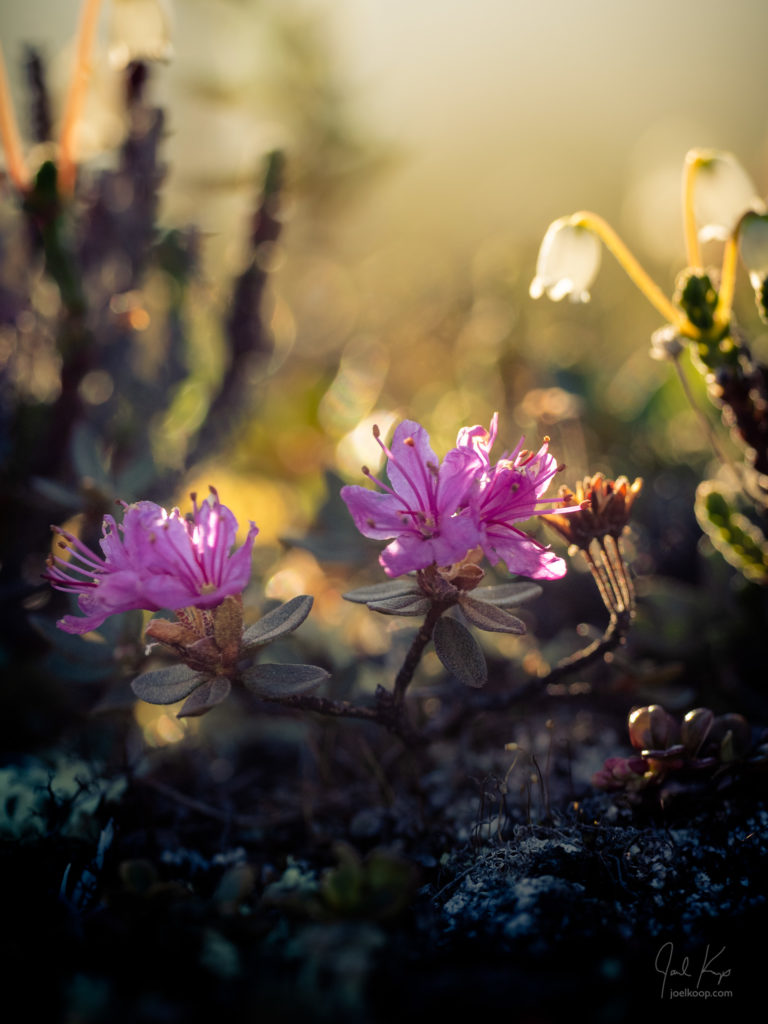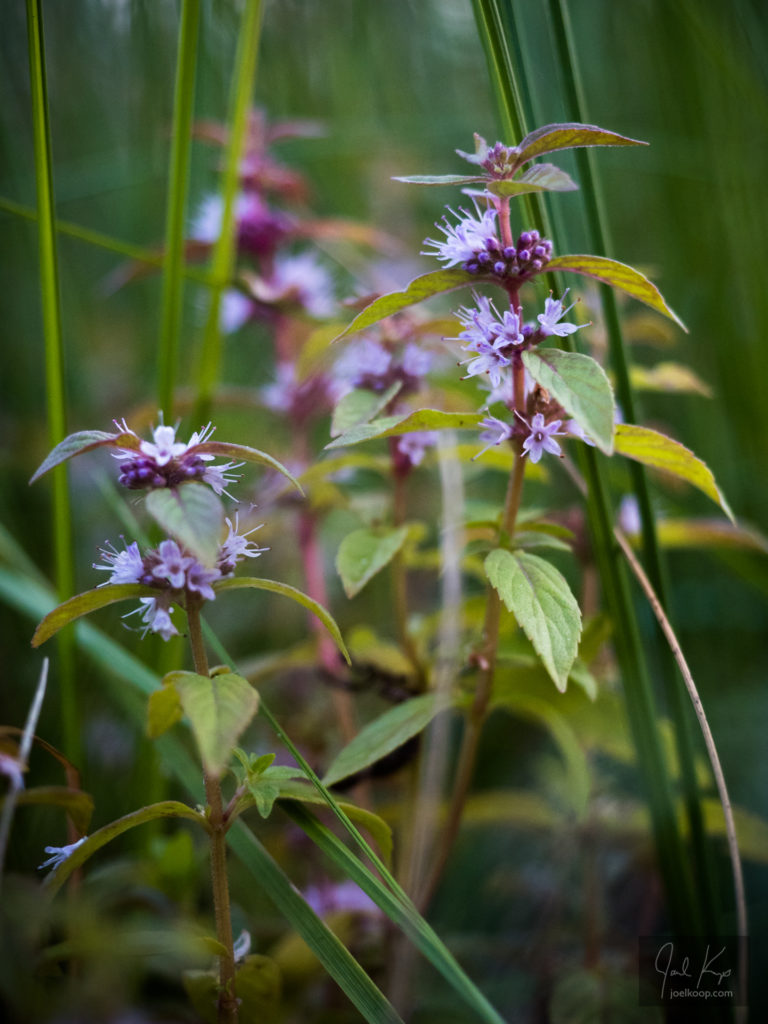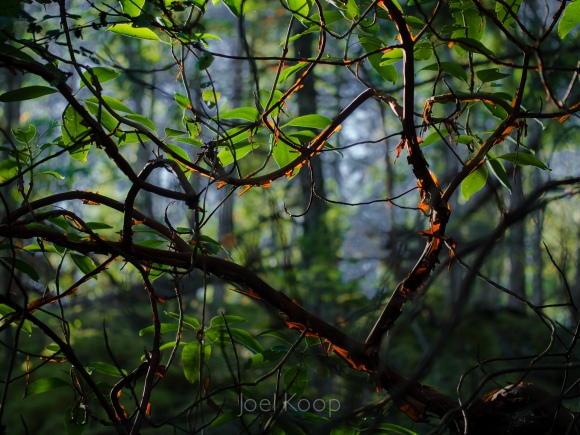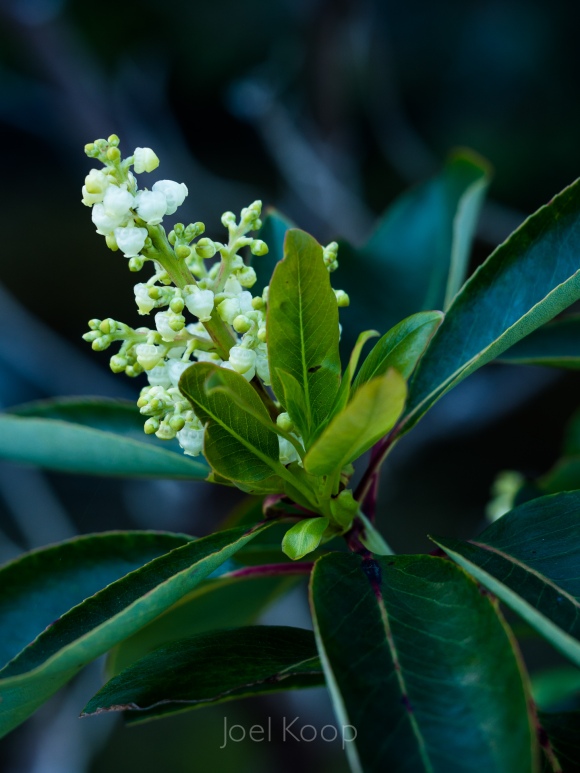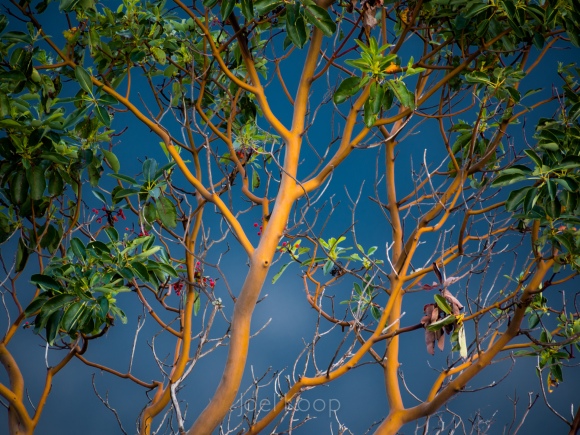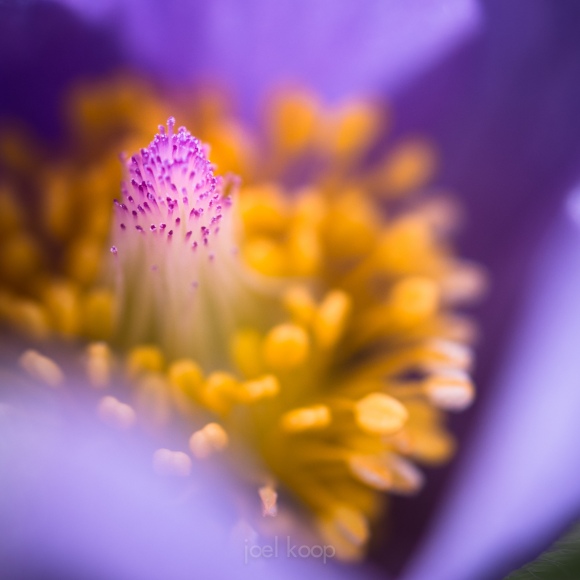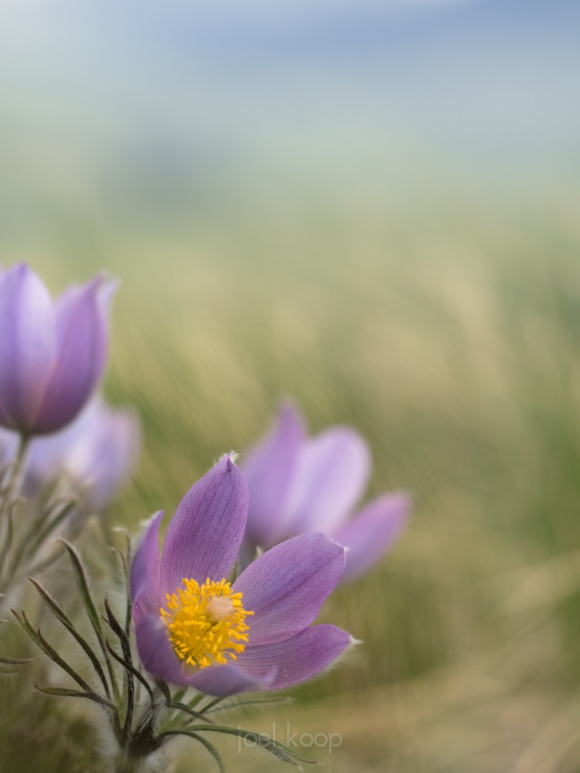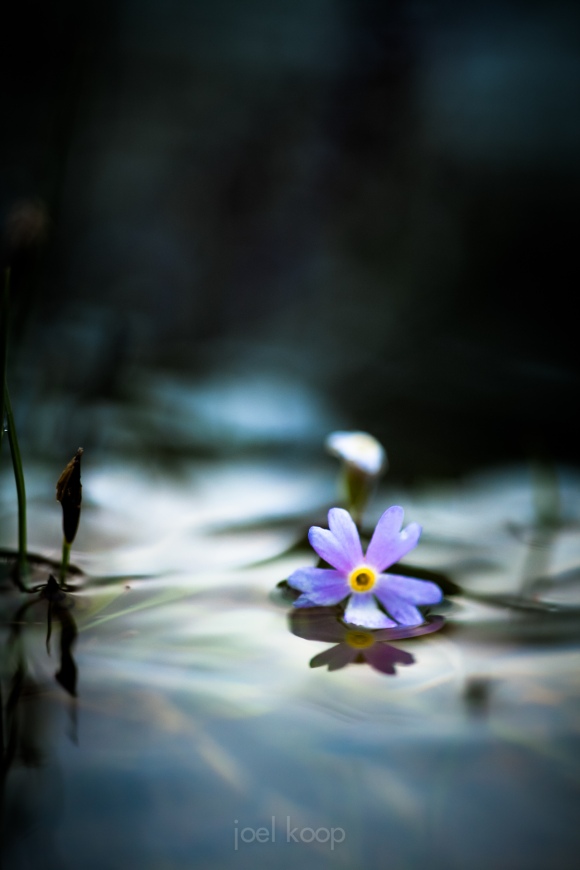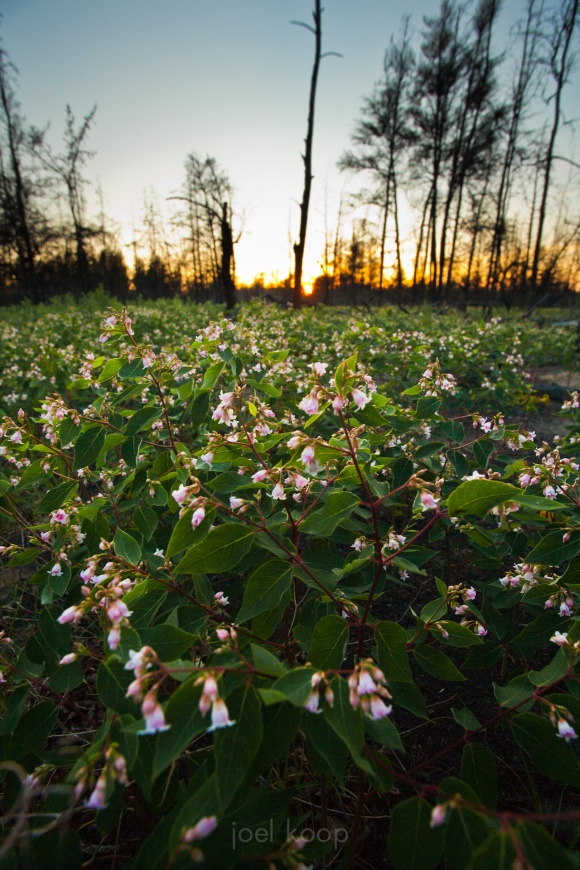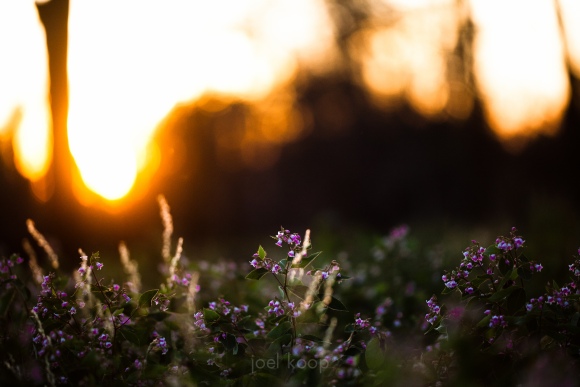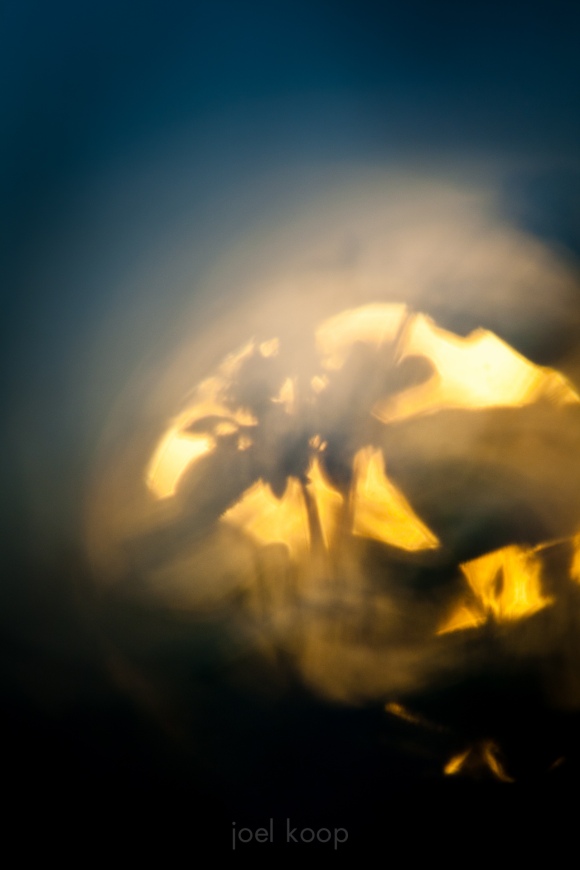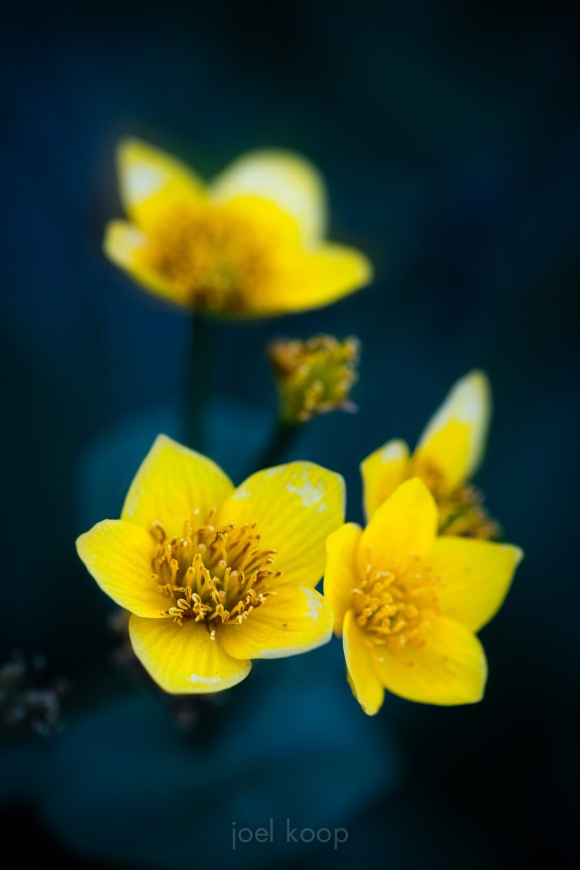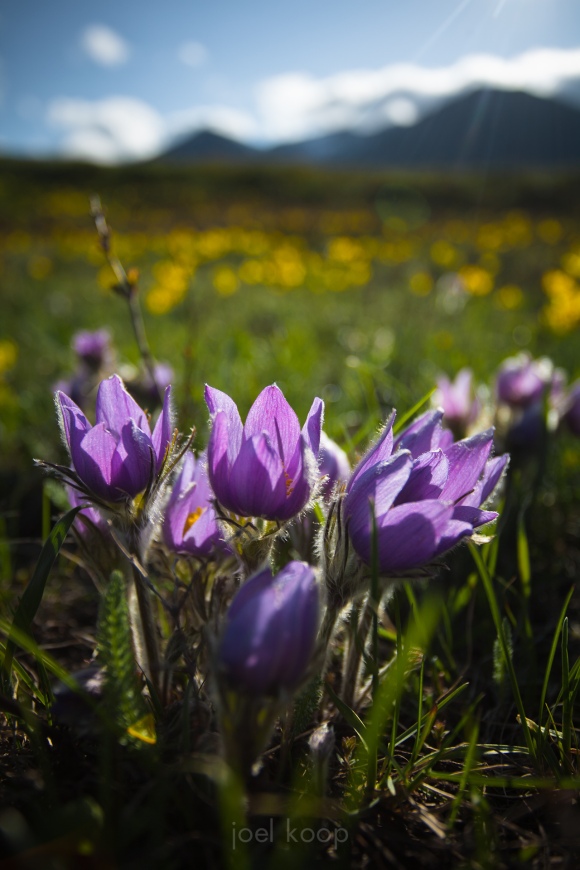I grew up on an acreage in northern Saskatchewan. We had a massive yard and a massive garden, I think partly because we were not wealthy and the garden provided much of our food, but also because my parents loved plants and trees. Many of our plants were your average garden plants — potatoes, carrots, beets, broccoli, tomatoes, beans, squash, peas, etc. I had to do what felt like a lot of gardening as I was growing up, and I remember not really liking it (as any kid is likely feel about chores). But I also have a lot of fond memories of the sun-warmed dirt between my toes, of throwing the sun-greened potatoes at the aspen trees growing around the garden, and of eating the fresh fruit and veggies right off the plants.
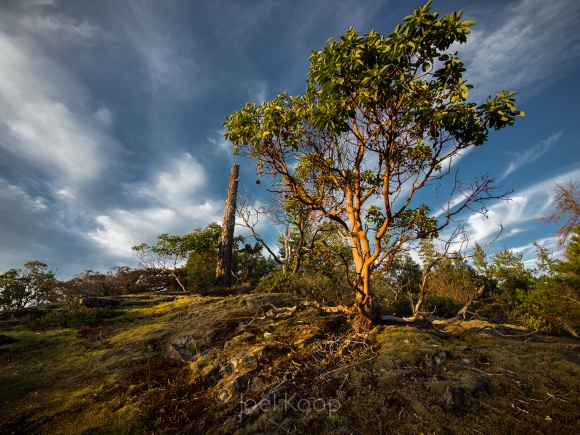
We also planted trees. At first they were mostly fruit trees that we’d expect to produce, like a few varieties of apples, chokecherries, cranberries, and whatever would grow in that harsh climate. Over time though that expanded to more challenging trees like plums or more decorative trees that were just for the beauty of being. We got a Swedish Nut Pine, we tried varieties of maple. All of us kids also learned about all the trees in the woods around us. We knew where all the stands of birch were (there weren’t many) and the one little group of balsam fir was a highlight that we built a little trail to. We would climb the jack pines and find the perfect white spruce or black spruce for a Christmas tree. I learned to love trees.
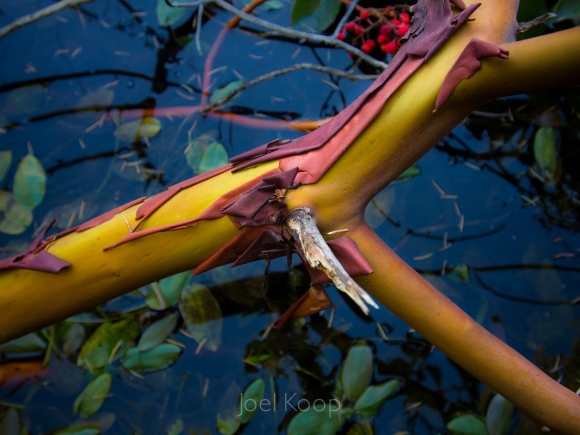
I’ve tried to increase my knowledge of trees over the years, but I haven’t done well. Living in the city with the pressures of jobs and bustle of life it’s hard to keep up with that sort of thing. Last month in BC I went on a few hikes with interpretive signs that taught me a bit more about Douglas Fir, Western Hemlock, and Red Cedar. But one tree stood out to me more that anything else: the Arbutus menziesii, commonly known as Arbutus (ar-‘byoo-tus). They have a striking bare yellow trunk sometimes covered with curling red to purple bark. They’re a broadleafed evergreen — even in late October there were flowers on some, and bright red fruit on others. They often have twisting gnarled trunks with clusters of leaves at the top. They are a beautiful tree. But they’re often overpowered by the cedar forests they’re growing in. They tend to be here or there on the warm south-facing rocky slopes where the forest isn’t too thick and they have a chance. I never saw forests of Arbutus.
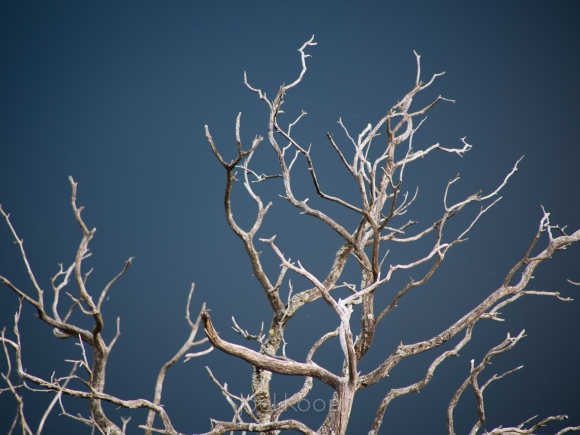
I guess this is a post for my parents, who I thought of a lot as I was searching for these trees. I was thinking they would enjoy planting a small forest of Arbutus. Not that it’s practical or makes any sense at all, but I think they’d like these trees. They seem like they’d be a bit of a challenge to grow, and would pay off in beauty. Maybe they could even get them to grow out in Manitoba, although I’m pretty sure the winter would kill them.
One thing I really wanted to accomplish in BC was to get a photo that did justice to the Arbutus tree. I’m not sure I succeeded, but I gave it a good shot.
